For backyard bird enthusiasts, few things beat the joy of watching a steady stream of colorful feathered friends flocking to feeders right outside your window. It’s an up-close look at nature’s beauty. But to really make your bird feeding station enticing for a diversity of species, adding a roof is a must.
A bird feeder with a roof protects birds from the weather and makes a nice place for them to stay. Protecting food from rain and snow keeps it fresh longer. Perches give birds a place to comfortably dine. And roofs keep squirrels and bigger bullies from taking over the feeders.
If you want to take your birdwatching to the next level, read on to learn all about the benefits of a roofed feeding station and how to choose the right one.
Why Roofs Are Ideal for Bird Feeding Stations
Bird feeding stations with roofs offer several key advantages
-
Keeps seeds dry and fresh. A roof keeps birdseed from getting soggy, moldy, and unusable by keeping water out. This reduces waste and saves you money.
-
Gives shelter from rain, snow, and sun. Birds can eat without getting wet in the rain or too hot in the summer.
-
Deters squirrels and larger birds. Roofs obstruct access for squirrels, grackles, and bigger bullies, allowing songbirds to safely eat.
-
Prevents seeds from scattering. The roof contains the food tidy inside the feeder, preventing a mess on the ground.
-
Provides perching space. Roofed stations have built-in perches where birds can leisurely dine without overcrowding.
-
Aesthetically pleasing. The finished, polished look of a roofed feeder enhances your garden’s decor.
-
Customizable setup. Adjustable parts let you tweak the feeder’s setup as needed.
From these pros, it’s clear why a feeding station with a roof is the best choice for feeding birds.
Key Features to Look for in Roofed Bird Feeders
When selecting a roofed bird feeder, keep an eye out for these useful features:
-
Durable waterproof roof made of long-lasting metals, plastics, or weather-resistant woods like cedar.
-
Large seed capacity to minimize refilling frequency. Look for multi-pound capacity.
-
Mesh floor or drainage holes to allow water runoff while containing seeds.
-
Removable roof that detaches or hinges open for easy cleaning and filling.
-
Multiple feeding ports to reduce crowding so more birds can eat simultaneously.
-
Adjustable perches or trays to customize setup as desired.
-
Squirrel guards like baffles or weight mechanisms that foil squirrels from robbing seeds.
-
Built-in birdbath gives birds drinking and bathing water in one convenient station.
Opting for a roofed feeder equipped with these useful additions will give you the most enjoyment and success attracting diverse bird species.
Ideal Placement Tips for Roofed Bird Feeders
Where you situate your roofed feeding station in your backyard makes a big impact on how attractive it will be to birds. Follow these placement tips:
-
Position 8-10 feet from trees or shrubs to provide quick escape cover.
-
Elevate feeders on poles or hang from trees at eye level for easy viewing.
-
Place multiple stations 10-15 feet apart to reduce bullying by dominant birds.
-
Angle roofed hopper feeders to shelter food and perches from wind and rain.
-
Install sturdy squirrel baffles above all feeders. Effective deterrents are key.
-
Periodically move feeders to spread fallen seeds on the ground to benefit ground feeders.
Nutritious Foods to Fill Roofed Bird Feeders
To appeal to the greatest variety of bird species, offer a diverse range of top-quality foods:
-
Black oil sunflower seeds – This classic attracts cardinals, chickadees, nuthatches, titmice, finches, and more.
-
Safflower seeds – Smaller birds like cardinals and finches relish these. Squirrels don’t!
-
Nyjer/thistle seeds – A favorite of dainty goldfinches and pine siskins. Use fine nyjer in tube feeders.
-
Suet cakes or nuggets – High-energy suet provides vital fat for woodpeckers, nuthatches, wrens, and chickadees.
-
Mealworms – This protein-rich bird candy is irresistible to robins, bluebirds, and wrens.
-
Fruit slices – Orioles, bluebirds, and mockingbirds love dried cranberries, raisins, currants, and berries.
-
Peanuts – Whole or chopped peanuts drive woodpeckers, chickadees, titmice, and nuthatches wild.
-
Nectar – Sweet nectar attracts hummingbirds to feeders designed just for them.
-
Millet – The small seeds of millet are favored by ground-feeding birds like juncos, towhees, and sparrows.
By offering a diverse menu, your roofed sanctuary will draw in a lively crowd!
Benefits of Roofed Feeding Stations for Birds
Beyond enhancing your birdwatching experience, roofed feeding stations provide vital support for your wild feathered friends:
-
Winter sustenance – Birds rely on feeders for critical nutrition and energy reserves during frigid winters when natural foods are scarce.
-
Fuel stop for migration – Migrating birds can double their body weight in fat at feeders before multi-day trips.
-
Storm shelter – Roofs give refuge from heavy rain, snow, and ice storms so birds can safely ride it out.
-
Heat relief – Shaded roofs offer cooling retreats for overheated birds on scorching summer days.
-
Urban habitat oases – Backyard stations provide rest stops between fragmented green spaces in developed areas.
The bottom line is that roofed feeders provide a lifeline when birds need it most. And you get to enjoy the show!
Highly-Rated Roofed Bird Feeders to Try
With hundreds of feeders to choose from, quality really varies. Here are some top-reviewed roofed feeding stations from reputable brands to consider:
Woodlink Cedar Fly-Thru Bird Feeder
This handsome hopper-style feeder is handcrafted from Western red cedar for all-weather durability. The peaked cedar roof detaches for easy filling and cleaning. With mesh floors to allow drainage and generous 3.5 pound seed capacity, birds flock to its multiple feeding ports. Squirrel resistant.
Perky-Pet Pagoda Bird Feeder
The iconic pagoda-style hanging feeder features a durable metal roof and plastic seed tray. Its large capacity holds over 2 pounds of seed mix. Clear sides and convenient lift-off roof offer easy seed monitoring without removal. Squirrel-proof.
Songbird Essentials Cathedral Window Bird Feeder
This architectural plastic hopper feeder is embellished with decorative “stained glass” accents. The generous seed tray holds up to 5 pounds of seed and detaches for quick refills. Weather-resistant roof and convenient drainage system keep contents dry.
Gray Bunny GB-6015 Bird Feeder
This decorative metal platform feeder has a whimsical garden gazebo design. The plastic seed tray lifts out to be cleaned and filled. Adjustable tray depth suits different seed types. Built-in birdbath offers drinking and bathing water.
Aspects 375 Positive Lock Roof
Not a stand-alone feeder, this accessory roof securely converts any hopper or tube feeder into a weatherproof station. The durable polymer roof overhangs to deter squirrels. Easy to install and remove for cleaning and filling feeder.
Enjoy the Perks of a Roofed Bird Feeding Sanctuary
Bird feeding stations with roofs create an enticing, sheltered oasis that feathered friends naturally gravitate to. The roof keeps food fresh longer while foiling those pesky squirrels, and tailored designs fit seamlessly into your landscape. Position stations properly and keep them well-stocked with a variety of nutritious goodies, and your backyard will be abuzz with happy birds feasting at their home away from home. Time to kick back and enjoy the show!
Step 2: Materials and Tools…
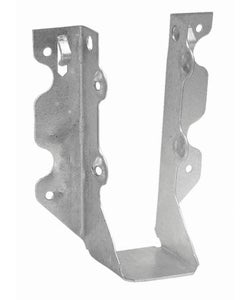
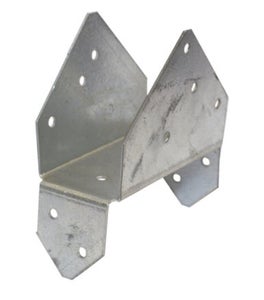

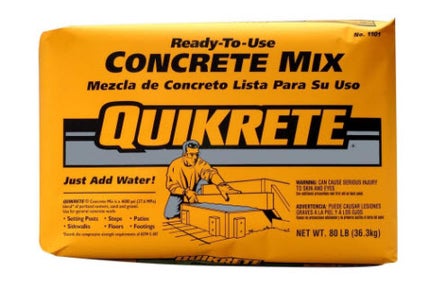
Here are the items we used for our build:
2 – 4x4x10 treated wood posts
1 – cardboard concrete tube (cut in half), we used an 8″ wide tube
2 – 80 lb bags of Quikcrete
7or 8 – treated or untreated 2x4x8 lumber (they are not in contact with the ground, so we used untreated).
1 – treated 2x6x8 lumber
2 – untreated 1x4x8 lumber (you will have quite a bit left over)
1 – 4x8x3/4 exterior grade plywood (cut in half lengthwise by the DIY store)
1 – 8 ft length of 3/4 metal electrical conduit pipe
2 – 5 ft lengths of 5″ ducting pipe
1 – package of 3-tab asphalt shingles (I got a damaged package from Home Depot for $10)
1 – roll of asphalt paper (you will have LOTS left over after this project)
1 box – 3/4 inch roofing nails
1 box- 2 1/2 inch exterior screws
1/2 box – 3 inch exterior screws
1/2 box – 1 1/2 inch exterior screws
4 – EMT straps (U-shaped ones with a hole at each end)
6 – Slant Nail Joist Hangers
2 – 1-9/16-in x 3-9/16-in Rafter Ties (this holds a 2×4 on top of the 4×4 post)
Since some of these items were bought and some were already in stock, I’m sure the materials list could be made better. Note: I got most of my metal fittings at a great price from Habitat for Humanity’s Restore. They sell them by the pound.
The tools we used were a drill, a speed square, a hammer, a 2-way post level, an angle grinder, a circular saw, and a hand saw.
Introduction: Bird Feeder Shelter
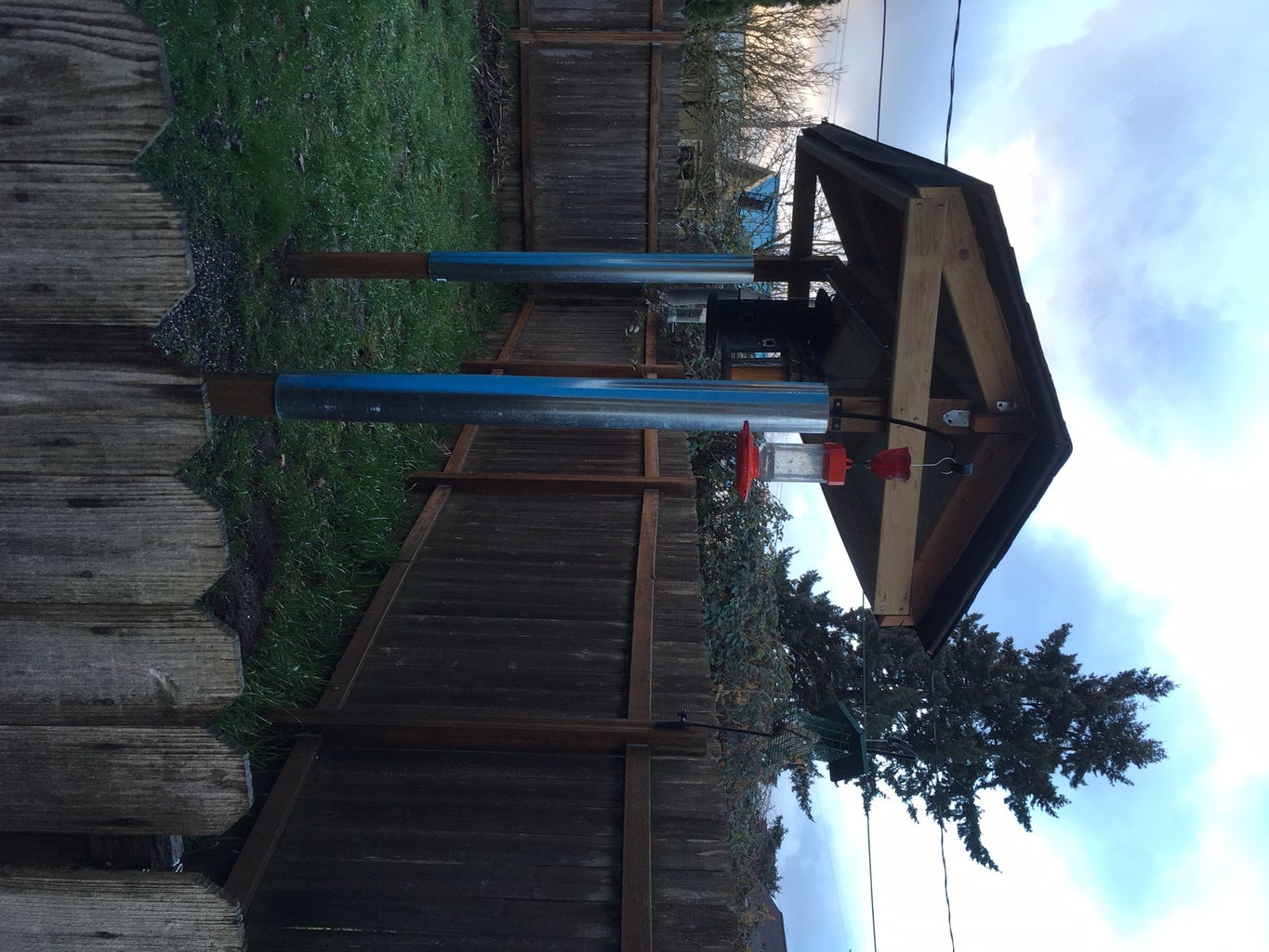
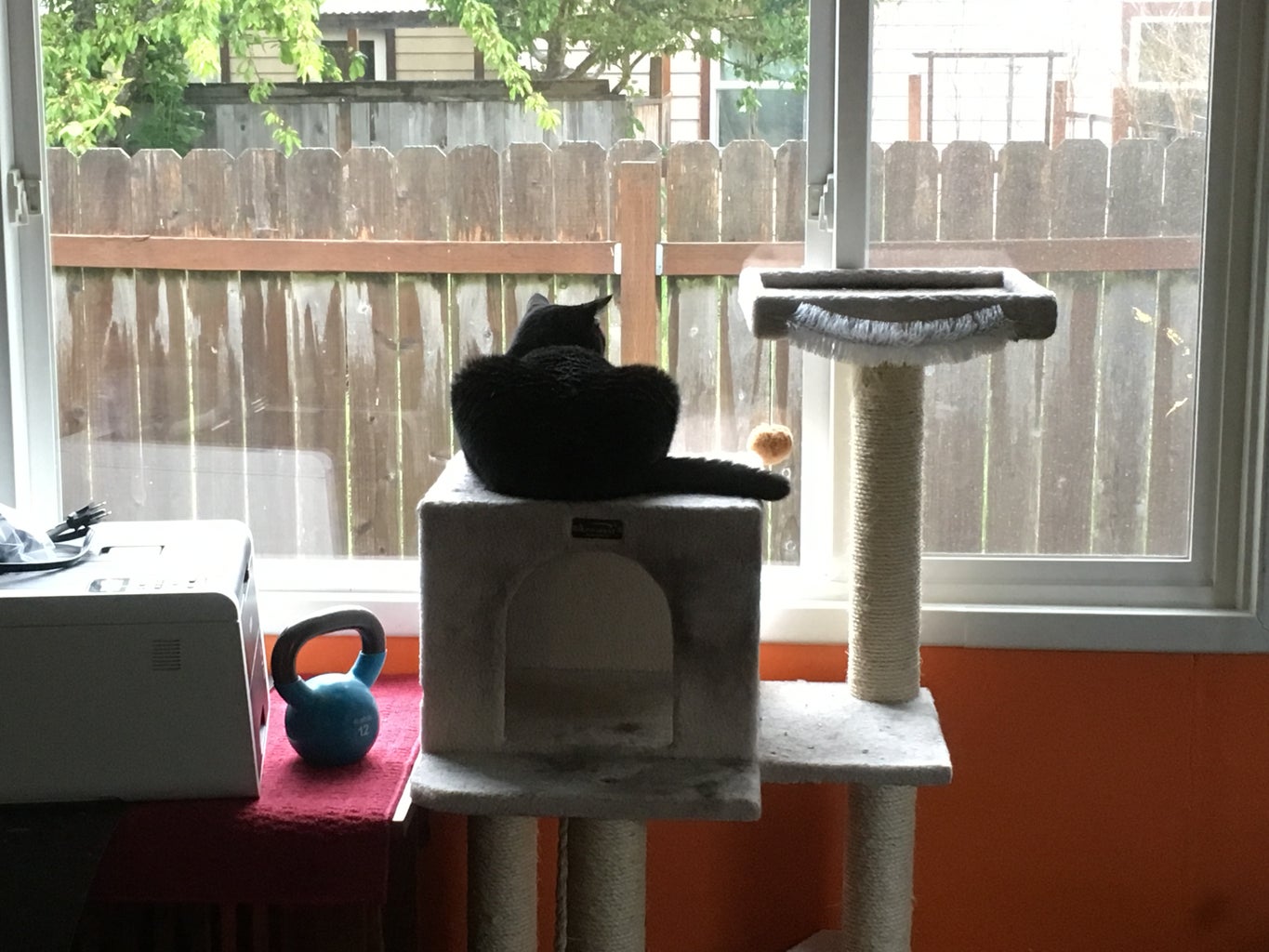
We recently moved into a new house which has huge picture windows. One of the side windows looks out onto a narrow side yard. We placed our cats large tree in front of that window and then hung a couple bird feeders on hooks on the fence outside so he would have some “cat tv” for entertainment. This was okay, but the feeders hung too low, the big hooks were expensive, and the seed got wet since we live in the wonderful Pacific Northwest. So we needed a better solution.
Bird Feeding Station Wooden | Bird Feeding Station with Roof
FAQ
Should a bird feeder have a roof?
A roof protects against rain, snow, and wind, all of which can keep birds away from a feeder that doesn’t have enough shelter. When the feeder remains dry, the seeds are less likely to become moldy, making it an attractive option for birds.
What is the 5 7 9 rule for bird feeders?
Why put a potato in the bird feeder?
‘Potatoes help boost calorie consumption for birds, especially during colder weather, and when you mix them with their usual seeds and nuts, you can offer them a strong and balanced diet from your bird feeder. It helps support your local ecosystem, and you’ll find you get a lot more birds visiting you.
How to make a bird feeder with a roof?
Super Cheap & Easy Bird Feeder With RoofStep 1: Start Getting Your Feeder Parts. Step 2: Make the Center Support. Step 3: Drilling a Hole in the Feeder Bottom. Step 4: Put a Hole in the Top. Step 5: Make Starter Holes for Screws. Step 6: Make a Hanger. Step 7: Put It All Together. Step 8: Voila!.
What are bird feeding stations with roofs?
Bird feeding stations with roofs provide safe, dry shelters that songbirds naturally gravitate towards. They keep food fresh longer while deterring unwanted critters. And their tailored designs fit seamlessly into any backyard.
What should I look for when buying a bird feeding station?
When shopping for a roofed bird feeding station, keep an eye out for these useful features: Durable waterproof roof – Look for roofs made of long lasting metals, recycled plastics, or weather-resistant woods like cedar that will hold up over years of use.
Does a platform bird feeder have a roof?
The great thing about this platform bird feeder is that it has a roof. That may not seem like much, but it keeps some of the bigger birds away and keeps the food from getting soaked when it rains lightly. You also can’t deny that adding the roof simply makes it look great, and that’s a big factor for most people!.
How do I attract birds to my roofed feeding station?
To attract the greatest variety of bird species to your roofed feeding station, provide a diverse range of high quality foods: Black oil sunflower seeds – This all-purpose favorite attracts cardinals, titmice, finches, nuthatches, and more. Safflower seeds – Smaller birds like cardinals and finches love these. Squirrels don’t!.
Why should you build a platform bird feeder?
Giving your feathered friends tasty treats and making your home look nice at the same time is easy with platform bird feeders. The best way to make your home stand out is to learn how to build platform bird feeders. Your home will have its own unique bird feeder.
Why do birds need a feeder roof?
Feeders provide the fuel they need. Shelter from storms – Feeder roofs allow birds to safely ride out storms and find respite from the elements. Water source – Birdbaths can provide much-needed drinking and bathing water, especially in dry conditions.
